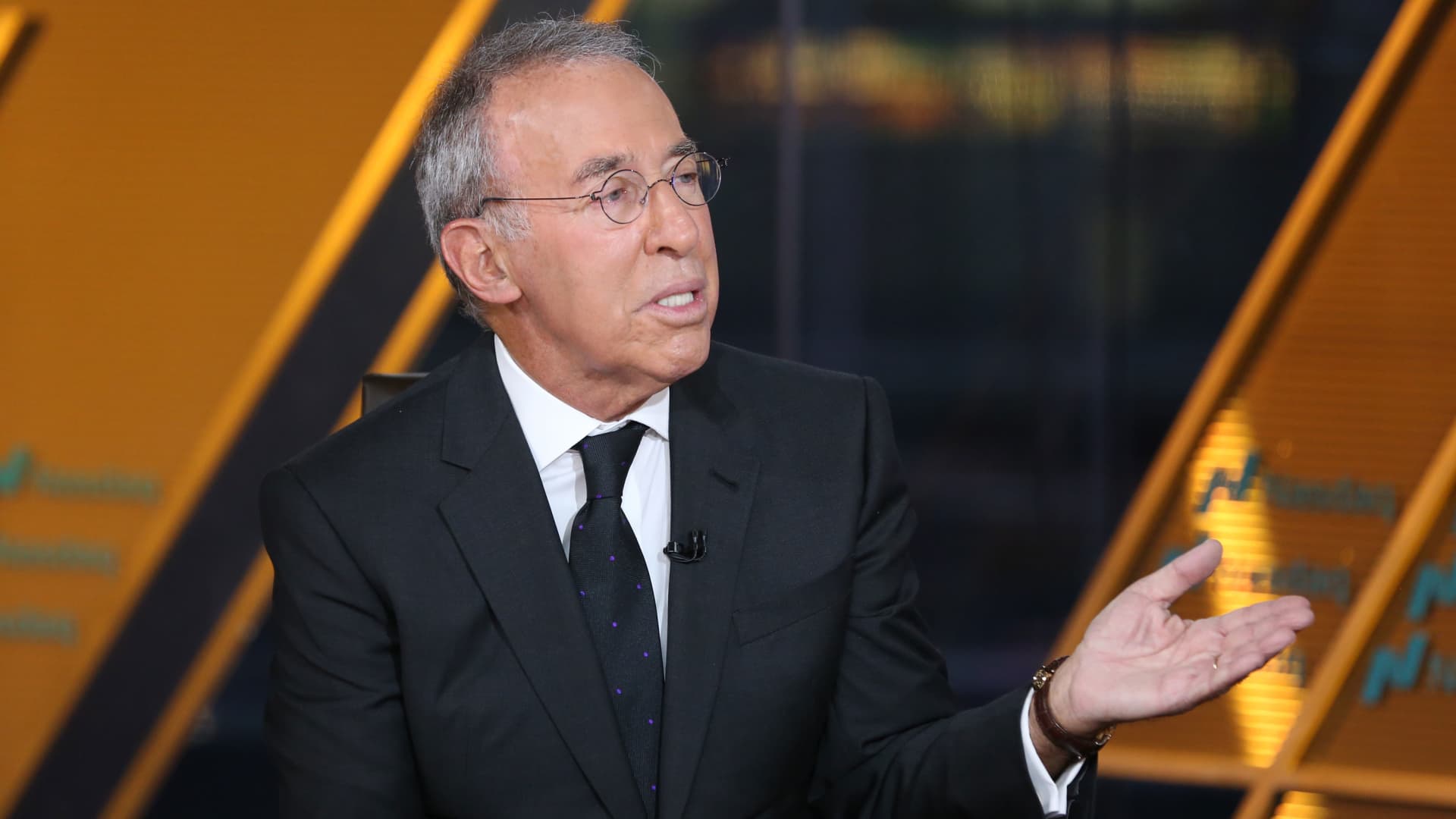Stock futures are little changed as AI trade drives market to fresh highs, shutdown grinds on: Live updates

Traders work at the New York Stock Exchange on Oct. 1, 2025.
NYSE
Stock futures were mostly unchanged after the market recorded new highs on Thursday, driven by strength in the artificial intelligence trade that appeared to overpower concerns about the 2-day-old U.S. government shutdown.
Futures tied to the Dow Jones Industrial Average rose 1 point. S&P and Nasdaq 100 futures were slightly positive, but trading near the flatline.
Each of the three major U.S. indexes climbed to record levels on Thursday. The S&P 500 inched up 0.06%, while the Dow Jones Industrial Average climbed more than 78 points, or nearly 0.2%. The Nasdaq Composite rose about 0.4%, powered by a 0.9% gain in Nvidia that propelled the chipmaker to an all-time high. Other chipmakers also gained ground, with Intel and AMD each rising more than 3%.
The government shutdown, which will continue for a third day on Friday, has exacerbated investors’ underlying concerns this year about macroeconomic and policy headwinds, inflation risks and a slowing labor market. Investors are waiting to see how long the shutdown will persist to gauge the seriousness of its economic repercussions. To be sure, shutdowns have not been market-moving events in the past.
“[Thursday’s] market moves suggest that the history of govt shutdowns still holds sway,” Paul Christopher, head of global investment strategy at Wells Fargo Investment Institute, wrote in a note. “These events have modest negative economic impacts as they occur, but the eventual reopening of the federal bureaucracy erases those nicks to the economy.”
“We do not know how long the shutdown will last, but our guidance remains to look through the event to what we expect will be the main drivers of the economy and investment returns through the next 12-15 months, namely, a gradual reduction in tariff uncertainty, large tax benefits to both corporations and individuals (especially early in 2026), deregulation, and lower borrowing costs as the Fed cuts interest rates,” Christopher added.
On Thursday, Treasury Secretary Scott Bessent told CNBC that the current lapse in government funding could lead to “a hit to the GDP, a hit to growth and a hit to working America.”
President Donald Trump has threatened massive layoffs, which have stoked ongoing concerns about the jobs market. On Thursday, he said the Democrats have given him an “unprecedented opportunity” to cut federal agencies. The Congressional Budget Office estimates 750,000 federal workers will be furloughed each day.
The shutdown also has led to an economic data blackout. The Labor Department’s pause on virtually all activity has blocked the Friday release of the September nonfarm payrolls report, lessening the amount of economic data the Federal Reserve can factor into its interest rate decision at its October meeting. However, it also removes a factor that could lend pressure to stocks.
The shutdown began after Congress failed Tuesday to reach an agreement on government funding. Top Democrats have stayed firm on their demands to to pass a spending bill that would extend health care tax credits for millions of Americans, leading to retaliation from Trump and top Republicans.
Despite the rancor, stocks are tracking for a winning week. The S&P 500 is up nearly 1.1% week to date, while the 30-stock Dow has added 0.6% and the Nasdaq has climbed 1.6%.









